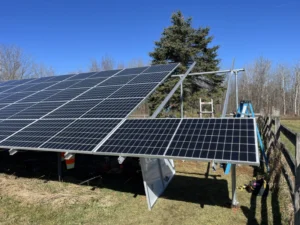Yes! You can always add more panels to your system. Upgrading your current solar system with additional panels can be accomplished very easily. If you have a single central inverter for your solar system, it may be that you have not used up the capacity of the inverter. In this case you can simply add […]
How do I know how much electricity my solar is making?

With solar you get live data at your fingertips to see how much power you are making, how much your home is consuming and track the energy savings in real time.
Solar Quotes & Installers
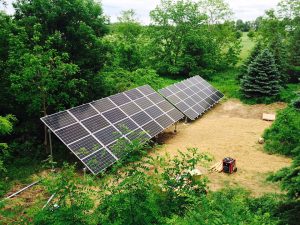
Not all solar quotes & estimates are created equal. Before you sign on the dotted line, you want to ensure that the quote you’re approving is comprehensive and accurate.
The Key to Beautiful Solar Installations
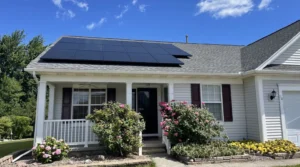
Often, the solution chosen by solar installers is for the fastest and easiest way to get the job done as soon as possible, which is obviously less than ideal.
How to Choose a Solar Energy Company
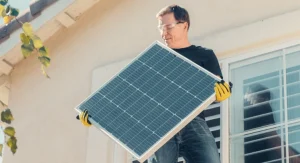
When choosing a solar energy company, consider their experience, quality of components they use, and their reviews. Ensure they provide solid guarantees and evaluate your needs to recommend the best system.
Solar Power Options: What You Need to Know
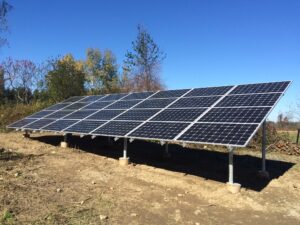
Solar panels are available in many sizes and colors to conform to the requirements of your structure. The energy you’ll get from the sun depends on how these panels are arranged and the inverter you use.
How Does Solar Energy Work?
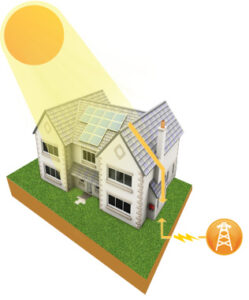
A proper solar electric system design begins with a detailed site evaluation, our first step is always a thorough analysis that models potential shading, annual electricity generation, and payback.
Leasing Solar Panels: Pros & Cons
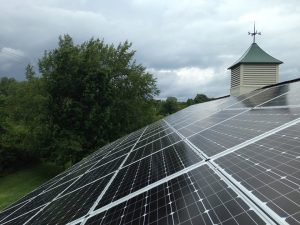
To Lease or Not to Lease. And in our opinion, the answer is "not to lease." Here's why: When you wish to sell your home, the buyer must assume the lease or the the lease holder can prohibit the sale.
Polycrystalline Solar Cells vs Monocrystalline: Which is Better?
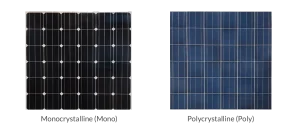
First, we’ll review the pros and cons of monocrystalline solar cells vs polycrystalline solar cells. Then, we'll let you decide: Which would you want for your residential power plant?
Net Metering
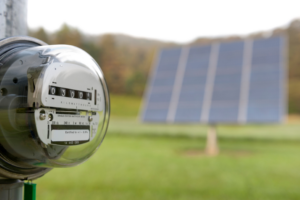
Net metering allows customers who generate their electricity from alternative energy systems to transfer electricity they don’t use back into the grid in exchange for credits on their utility bills.
